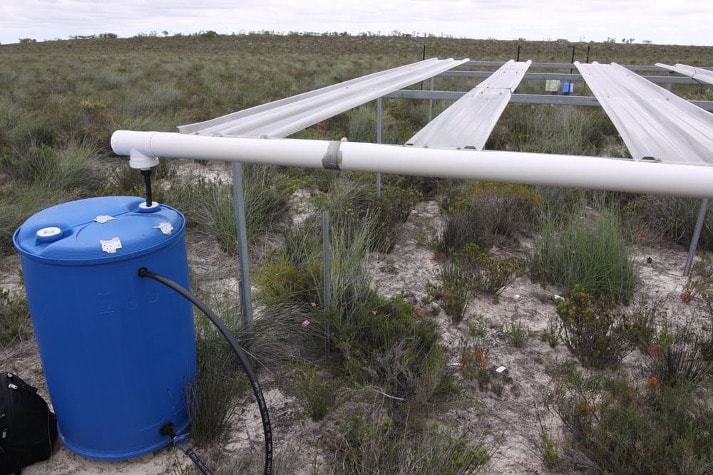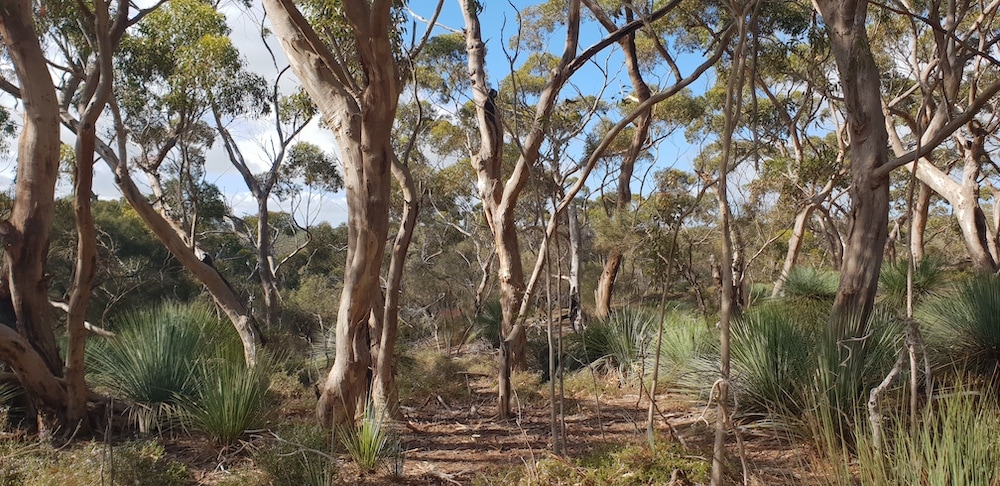In this edition, we shine our spotlight on Edith Cowan University’s Centre for Ecosystem Management and its collaborative work with government, conservation groups, community, industry, consultants, and other research institutions to achieve effective ecosystem management, conservation and ecological research.
The Centre for Ecosystem Management’s goal is to explore a deeper understanding of ecological processes and the subsequent challenges imposed through human activity.
Established in 1995 within the School of Science at Edith Cowan University, the Centre pursues a comprehensive approach to ecosystem research, fostering an awareness and understanding of the environment, and demonstrating a commitment to the maintenance of biodiversity, sustainability, and improving quality of life through its research interests.
Research spans four themes: Ecology and Ecohydrology; Conservation Biology and Biodiversity; Ecological Restoration; and Sustainability and Health. This diversity and breadth allows collaboration between researchers from different backgrounds, ensuring the many facets of environmental issues are explored.
What will climate change do to soils?
Centre researcher Dr Anna Hopkins is part of a collaborative project between Edith Cowan, Deakin and Murdoch Universities that is investigating the impact of drought and warmer temperatures on soil biota at an experimental site in biodiverse shrublands near Eneabba, about 280km north of Perth. Already suffering immense climate-related stress above ground as a result of rising temperatures and longer droughts, the shrubland ecosystems are vulnerable to plant extinctions.
The team constructed shelters and mini-greenhouses to simulate drier and hotter conditions over about four years. Soil was then collected, and the fungal populations compared with uncovered sites.
So, what did they find? Lower rainfall and higher temperatures are likely to affect the overall composition of soil fungal communities, and some groups may be lost altogether.
There was an increase in the number of fungal species that cause plant disease, and many common and beneficial fungi declined in response to warming and drying. Beneficial fungi contribute to many important ecosystem processes, such as boosting plant growth, and ensuring that plants get enough water and nutrients such as phosphorus. You can read more about this project here.

A drought shelter at Eneabba, about 280km north of Perth, that creates an ‘artificial drought’ so that researchers can better understand the impact of drought and warmer temperatures on soil biota (credit: Joe Fontaine)
Effectiveness of impact assessment
Appropriate environmental impact assessment (EIA) is paramount to ensuring the consequences of developments and planning schemes are environmentally acceptable. A PhD student within the Centre, Megan Jones, is examining the effectiveness of impact assessment (IA), particularly expectations of the IA process since its inception, to help answer the research question – how much can be expected from the IA process?
Megan’s Masters research in 2016 focused on understanding the long-term influence of EIA on organisational learning and transformation. The research attempted to verify the notion that the full benefits of EIA would take decades to be realised. The research reviewed literature to identify key influences of EIA on organisations, along with semi-structured staff interviews and document analysis for the case study organisation. While determining causality was a challenge in the face of other societal events, the research indicated that participation in the EIA process can positively influence organisational learning and transformation by guiding internal change for decision-making. You can read more about this research here.
Megan’s previous research with Professor Angus Morrison-Saunders in 2015 focused on making sense of significance in EIA. A framework comprised of four essential components of significance was developed and tested against the EIA approach used in Western Australia. The four components were 1) an operational framework for significance determination that applies throughout EIA; 2) attention only on significant issues; 3) the term significance to be specified and applied consistently; and 4) significance determinations that must be transparent to all stakeholders. The authors found Western Australia generally met all four, but identified some areas for improvement. The research is relevant to all EIA practitioners who may benefit from mapping and making sense of impact significance in their own jurisdiction using the four components presented. You can read more about this research here.

A PhD student within the Centre, Megan Jones, is examining the effectiveness of impact assessment (credit: Megan Jones)







